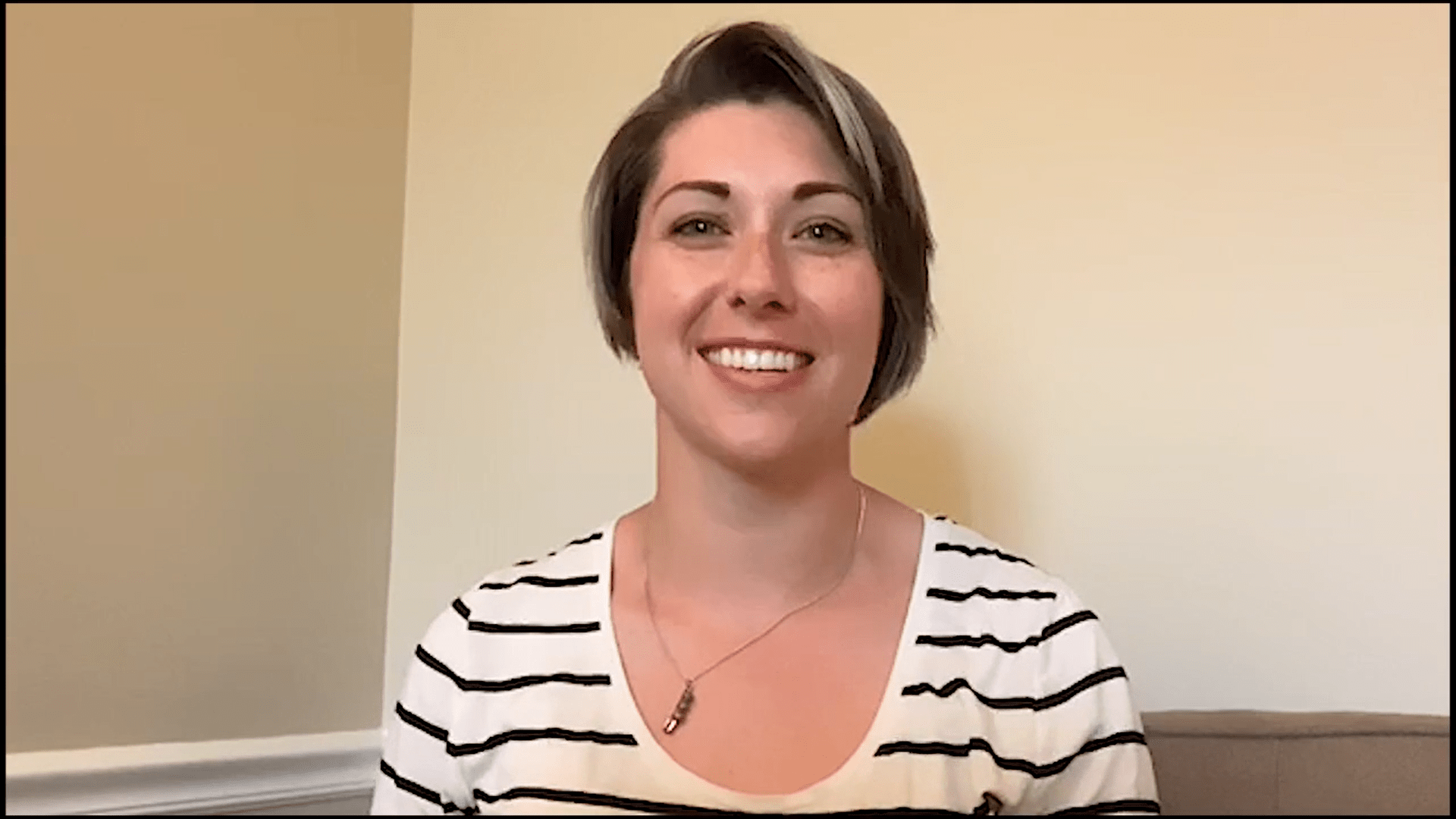In the News

The Importance of Active Listening
With all of the challenges facing our communities today, active listening is more important than ever in helping us have successful conversations and improve our communication with one another. Active listening is the ability to focus completely on a speaker and fully understand the message and information being presented and respond thoughtfully to what is being said. In For All Seasons recent “Mental Health Minute” on active listening by Jessica Bass, For All Seasons Assistant Clinical Director and Board-Certified Art Therapist, shares five easy steps to active listening:
- Pay attention
- Show you are listening
- Provide feedback
- Defer judgment
- Respond appropriately.
“Good listening can increase our capacity for connection, improve problem-solving, foster empathy for others, and de-escalate stressful situations,” said Bass.
According to the Skills You Need, a website dedicated to helping individuals learn and develop essential life skills, “Active listening not only means focusing fully on the speaker, but also actively showing verbal and non-verbal signs of listening.” Verbal signs of active listening include positive words of encouragement, words of agreement, remembering a few key points and stating them back to the person, asking relevant and clarifying questions, and reflecting comprehension.
Verbal signs of active listening include positive words of encouragement, words of agreement, remembering a few key points and stating them back to the person, asking relevant and clarifying questions, and reflecting comprehension.
Non-verbal signs of listening include smiles, eye contact, posture, mirroring, and distraction. Skills You Need goes on to explain what non-verbal ques may look like, “Combined with nods of the head, smiles can be powerful in affirming that messages are being listened to and understood. Combine eye contact with smiles and other non-verbal messages to encourage the speaker. Leaning slightly forward or sideways while sitting, a slight slant of the head, or resting the head on one hand can show a listener is attentive. Reflecting/mirroring of facial expressions used by the speaker can also be a sign of attentive listening. Active listeners refrain from fidgeting, looking at a phone, clock or watch, doodling, playing with their hair, or picking their fingernails.”
Another valuable source, The Center for Creative Leadership, provides additional tips for successful listening like being okay with silence – a break in dialogue can give you a chance to collect your thoughts. They also suggest encouraging the other person to offer ideas and solutions before you give yours – listen 80% of the time and talk 20% of the time.
Forbes writer, Dianne Schilling, offers helpful tips to help improve active listening skills. Try picturing what the speaker is saying. Do not interrupt and wait for the speaker to pause to ask clarifying questions. Utilize your empathy skills to try and feel what the speaker is feeling. Pay attention to the speaker’s nonverbal cues to understand more fully and provide regular feedback.
Even when you do not agree with what the person is sharing, maintaining a respectful approach, and keeping an open mind will improve your ability to understand the other person. Through active listening, we can seek common ground, improve connection, and strengthen relationships.
